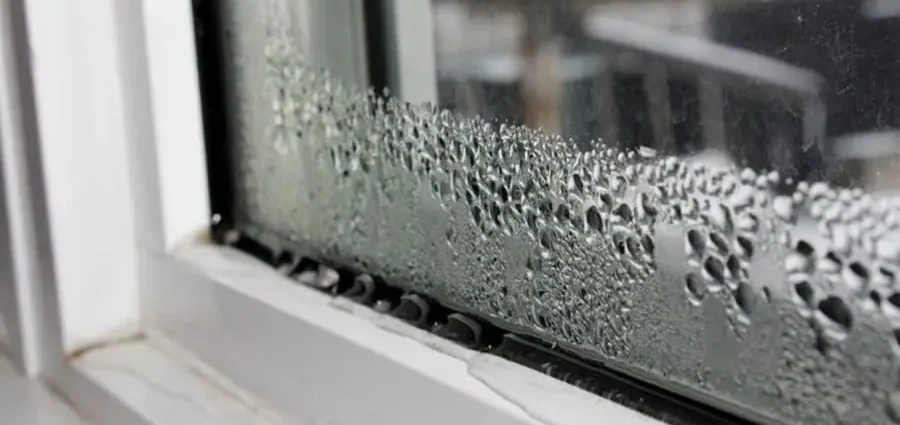Contents
Condensation: Why Do Plastic Windows Sweat? Video
With the advent of plastic windows in apartments and houses, replacing traditional wooden frames, some owners faced a new problem – the fogging of the inner surfaces of the glass due to the formation of condensation. But more often than not, the microclimate in the interior of the house should be blamed for this problem.
Condensation on the windows
Why windows sweat
The wooden frames that were in your apartment or house before, provided natural ventilation in the rooms, even in those where ventilation grilles were not installed. This was due to microcracks in the wooden frame structures. After installing plastic double-glazed windows, your windows in the closed position are a sealed structure that completely excludes air exchange. In this case, excess moisture contained in the indoor air condenses on the coldest surface – the glass of the window. The reason for the formation of condensation is either too low a temperature in the room, or high humidity in it, or both.
The company that supplied and installed plastic windows for you can be accused of unfair work only if condensation forms from the inside of the glass unit
Without knowing this, many citizens suspected the company of low-quality services for the manufacture and installation of double-glazed windows. The Gosstroy of Russia even had to intervene in the matter, which in its letter No. 9-28 / 200 dated March 21.03.2002, XNUMX, explained that international quality standards allow temporary formation of condensation on the inner surface of plastic windows facing the room. It is impossible to normalize the formation of condensation by standards, since many external factors can be the cause of this phenomenon. To get rid of condensation on windows, you can take them into account and eliminate them yourself.
How to get rid of condensation on plastic windows
The surface of the window panes can be too cold, not only because the room itself is not warm enough, but also because a too wide window sill simply blocks access to the window for warm air rising from the radiator installed under the window. In this case, you can redo the window sill or make ventilation holes in it, providing convection of warm air flows from heating devices.
To eliminate condensation on the windows, use the micro-ventilation function, especially in winter.
In rooms with high humidity, which include, for example, a kitchen, it is better to install double-glazed windows, the heat-saving characteristics of which are much higher than that of single-chamber models. To reduce humidity, you can install special valves in plastic frames or make forced ventilation. Indoor plants can also affect the humidity in the room, so try not to flood them with a lot of water, especially in winter, when outside temperatures are low enough.










